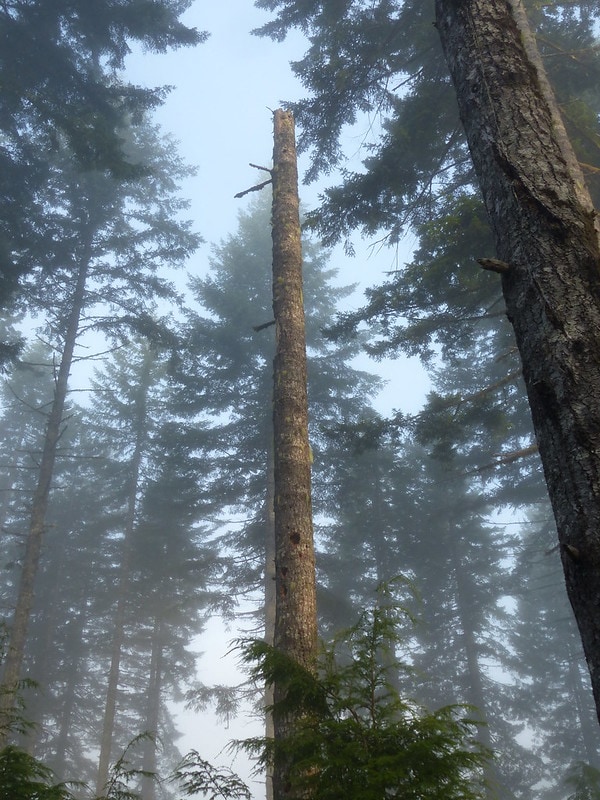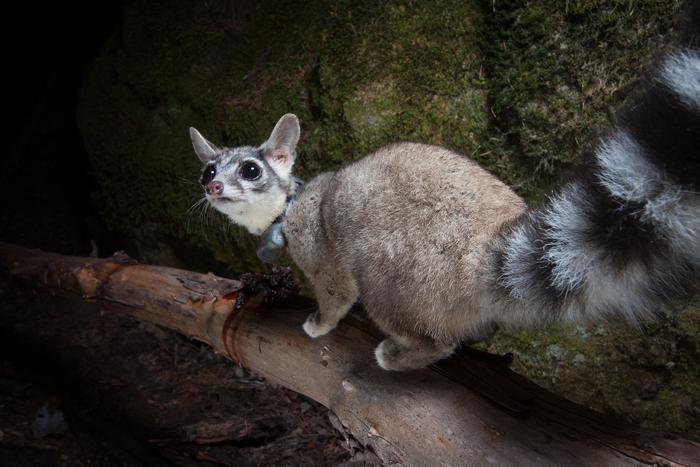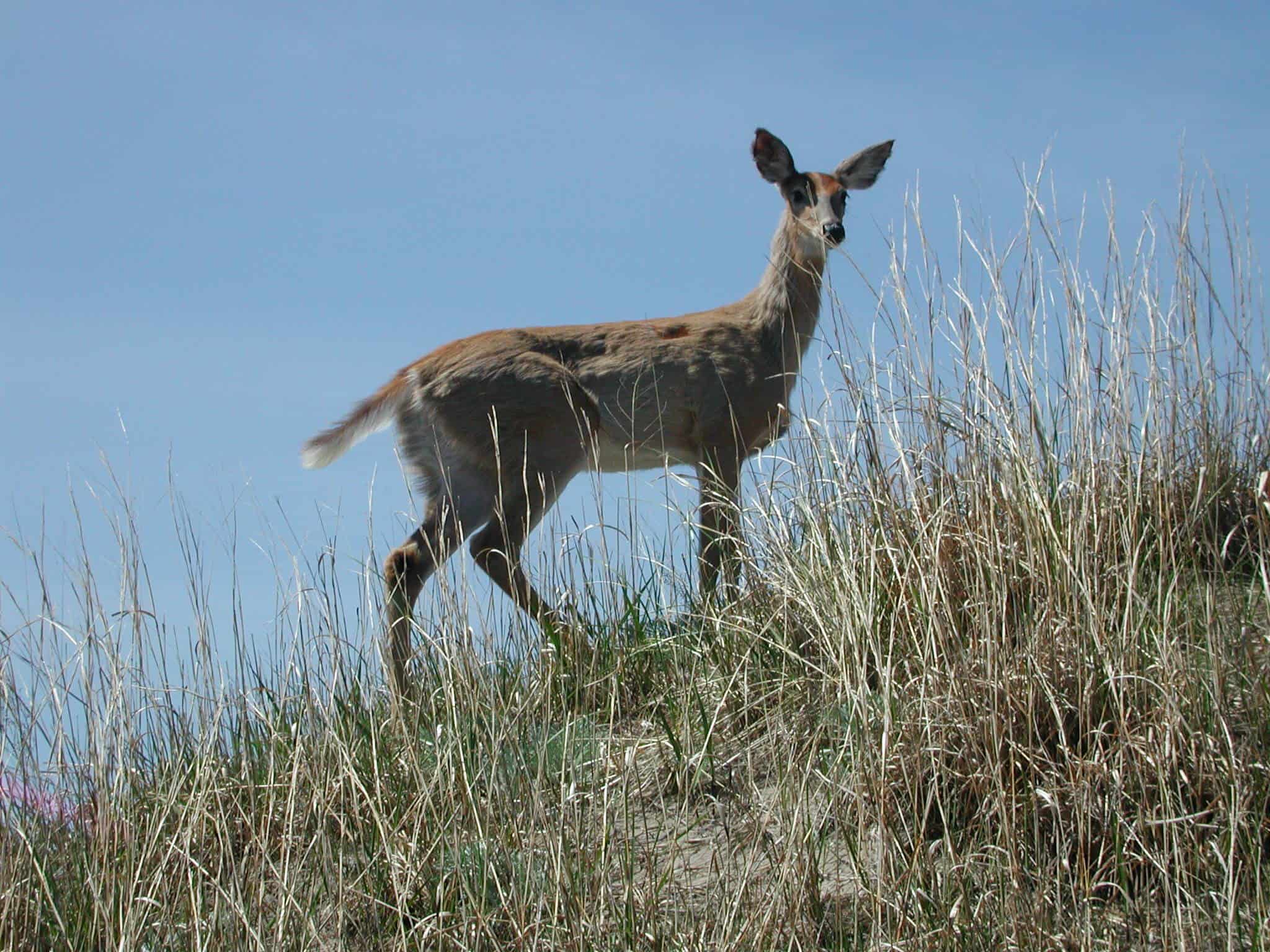Share this article
Digging into the science of snags
Standing dead trees are important components for wildlife
Ecologists have long known that standing dead trees—or snags—are important for forest dwellers. Snag-reliant woodpeckers, for instance, act as ecosystem engineers, regulating insect pests and create nesting cavities used by other species.
“Snags support multiple functions within forest ecosystems,” said Jim Rivers, of the Oregon State University College of Forestry.
They are so important that in some managed forests, snag creation is part of the conservation tool kit. Crews convert live trees into snags through techniques ranging from sawing off their tops to wounding their trunks to injecting them with disease-causing fungi.
But how well do those techniques work over the long term? And which are the most cost-effective.
In a study published in Forest Ecology and Management, Rivers looked at nearly 800 large Douglas firs that had been converted into snags in southwestern Oregon. He found chainsaw topping was the best way to create snags quickly and keep them in place longer.
Header Image: This snag was created by chain-saw topping. Snags serve as homes and feeding grounds for a host of vertebrate species. Credit: Courtesy Oregon State University








